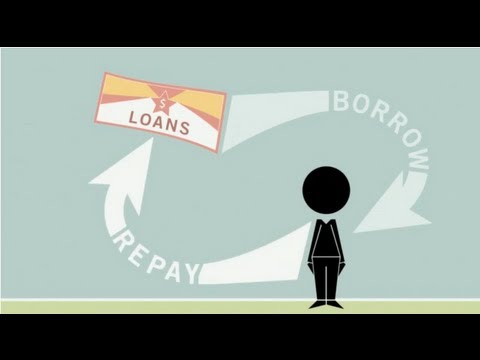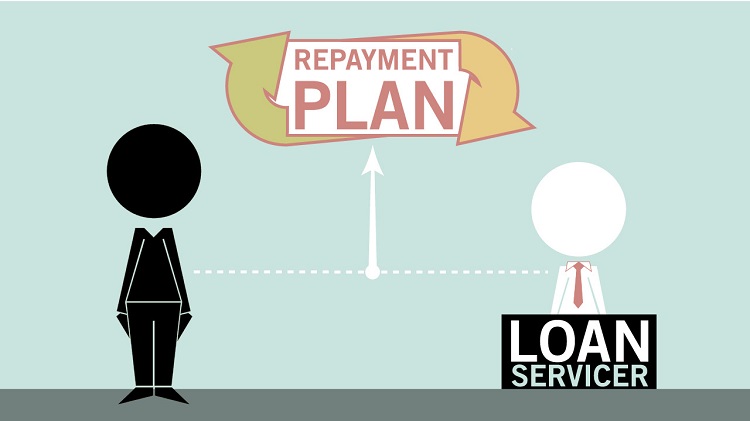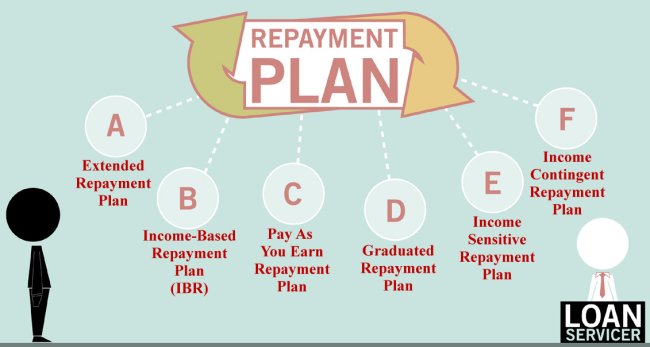THE BASICS OF BUDGETING
The basics of budgeting are to form good financial habits and develop an awareness of spending.
THE BENEFITS OF BUDGETING
Budgeting is important because:
- it helps students meet their expenses and create plans to reach their financial goals;
- short-term and/or long-term financial goals help create a framework conducive to financial success;
- it helps students develop a sense of control over their money;
- it reduces students’ anxiety levels regarding financial and academic matters;
- it can contribute to students’ creditworthiness;
- it improves students’ understanding of their school’s Cost of Attendance (COA); and
- it identifies where funds should be going versus where they were actually spent, and demonstrates the importance of maintaining a balance between earning and spending.
COST OF ATTENDANCE
Cost of attendance (COA) plays a large role in forming students’ budgets. The COA is what it will cost students to attend school based on their enrollment status. Here are some examples of items that can be included in COA:
- Tuition
- Non-tuition-related fees (registration fee, graduation fee, lab fee, etc.)
- Textbooks (buy, rent, access online)
- Supplies (computer, printer, ink cartridges, etc.)
- Housing fee or rent
- Transportation expenses (fuel, general vehicle upkeep, etc. - not to be used for purchase of a vehicle)
- Food and/or meal plans
- Living expenses and costs related to a disability
EXPECTED FAMILY CONTRIBUTION (EFC)
The information students report on their Free Application for Federal Student Aid (FAFSA®) (income, savings, number of people in household, number of household members in college, etc.) is used to calculate their Expected Family Contribution (EFC). The EFC isn’t the amount of money students and families will have to pay for college, nor is it the amount of federal student aid awarded. It is a number used to determine the types of and calculate the amounts of financial aid students are eligible to receive. EFC is not used to determine eligibility for non-need based aid such as unsubsidized loans or PLUS loans. To learn more about EFC and how aid is calculated go to StudentAid.gov. The amount of aid a student receives is a key component of a student’s budget.
SETTING GOALS
Establishing academic, financial, and personal goals is a good way to start the budgeting process. Goals can provide students a context that allows them to better understand the benefits of saving and the long-term impacts of poor money management.
ACADEMIC GOALS
- Graduating on time (the length of time spent in school has significant financial impacts)
- Getting good grades while in school (these can lead to financial merit awards)
- Obtaining a certificate, degree, or degrees
- Publishing one’s work
- Becoming a leader in one’s field
FINANCIAL GOALS
- Short-term savings goals (placing a percentage of every paycheck in a savings account or accumulating minimal debt prior to graduation)
- Long-term savings goals (e.g., paying off a car within five years or saving for a down payment to purchase a house)
PERSONAL GOALS
- Establishing a Career
- Choosing place of residence
Federal Student Aid offers additional budgeting tips at StudentAid.gov/budgetingtips.
TRACKING EARNINGS AND SPENDING
Tracking daily spending provides students with an understanding of where their money is going. To fully appreciate the impact of routine expenditures, students can calculate the total amounts of such purchases over the course of a year. For instance, a $2 coffee each morning would cost a student $730 annually. The ability to visualize the long-term costs of daily expenditure choices can provide a powerful motivation to curb discretionary spending.
UNDERSTANDING INCOME
Students need to understand their income in order to create a functional budget. Some aspects of income, such as personal income and family contributions, are easy to grasp. Other forms, such as scholarships, loans, and grants, require students to understand their responsibilities as aid recipients or borrowers. Many scholarships and grants require students to maintain a defined grade point average in order to remain eligible to receive them. Students should also understand the money management concepts that correspond to the ways in which they receive their grants or loan funds, such as via a monthly stipend versus a lump sum.
Sources of funding and income include:
- Grants
- Scholarships/fellowships
- Loans
- Federal Work-Study
- Teaching assistantships
- Universities and colleges
- Savings
- Family contributions
- Personal income
NEEDS VS. WANTS
It is a good idea for students to create a needs versus wants checklist. Doing so, in combination with creating a budget, is a good starting point for students to reach their short- and long-term goals. Needs are required for survival (food, clothing, shelter), and wants are things that might not be as necessary as students think. The goals that students identify should be used as a basic framework for deciding which expenses are necessary and which
are optional.
Creating a budget requires making compromises, such as:
- eating in instead of eating out;
- keeping a current phone instead of buying a new one; and
- making coffee at home instead of buying it already made.
BANKING
Many students may be opening bank accounts for the first time, or, if relocating for college, they may need to open accounts with new, local institutions. Local credit unions can be a good first stop as a banking option as many offer low-cost features that are well suited for students.
Financial aid and other income will likely be deposited into a student’s bank account. Students should be encouraged to use the “pay yourself first” method when creating their budgets. To pay yourself first means simply this: Before paying bills, buying groceries, or spending money on anything else, set aside a portion of your income to save. Doing so (easily accomplished via an automatic transfer from a bank account) is an important step toward creating financial security and personal wealth.
Students should aspire to have at least the amount needed for three months’ worth of expenses in their savings account at any given time. These funds will help students weather unexpected financial circumstances, such as auto repairs, health-related expenses, or periods
of unemployment.
BUILDING AND MAINTAINING CREDIT
Building and maintaining credit should be important financial goals for college students. On-time bill payment, as well as avoiding bounced checks or overdrafts, will help build a student’s credit. A good credit history will open up financial options to students after they graduate, such as obtaining auto or home loans with favorable interest rates. Student loan payments will impact a borrower’s credit history. Credit reports and credit scores provide students with the capability of monitoring their credit. Free credit reports (not credit scores) are available at www.annualcreditreport.com.
IMPORTANCE OF RECORD KEEPING
Students can set themselves up for success by maintaining comprehensive records of their financial transactions. Good record keeping can help prevent financial discrepancies by providing a reference for past interactions and agreements. This helps protect students in the event of a mistake by their financial institution or loan servicer that could adversely affect them.










